TYPE DESIGN INFORMATION PAGE last updated on Sat Jul 20 15:01:53 EDT 2024
FONT RECOGNITION VIA FONT MOOSE
|
|
|
|
Alexis Faudot and Rafael Ribas
In 2019, Alexis Faudot and Rafael Ribas released fifteen free fonts that are all revivals resulting from a 2015 workshop led by Jerome Knebusch at ANRT in Nancy, France, a 2016 workshop at ESAD Valence led by Jerome Knebusch and Thomas Huot-Marchand, a workshop at Hochschule Mainz and Gutenberg-Bibliothek, Mainz in 2016, a workshop at ISDAT in Toulouse, France in 2018, and a workshop at Bauhaus University Weimar and Anna Amalia Bibliothek Weimar in 2018. The project, entitled Gotico-Antiqua, Proto-Roman, Hybrid dealt with 15th century types between gothic and roman in the period 1459-1482. They explain: This relatively understudied period---after Gutenberg and before the consolidation of Jenson's model--extends from the earliest traces of humanistic tendencies to pure roman, including many cases of uncertain or experimental design, voluntary hybridisation and proto- or archaic roman. In 1459 in Mainz, Johann Fust and Peter Schöffer printed the Rationale Divinorum Officiorum by Guillaume Durand, using a typeface (now known as Durandus) that looked like no other before. From that point, we can follow a wide variety of developments, partly related to the travels of early printers from the Rhine area to Italy and France. By extension, we are also interested in the Private Press movement initiated by William Morris and Emery Walker at the end of the nineteenth century in England, which revived some of those typefaces before they were once more largely forgotten. The typefaces:
|
EXTERNAL LINKS |
| | |
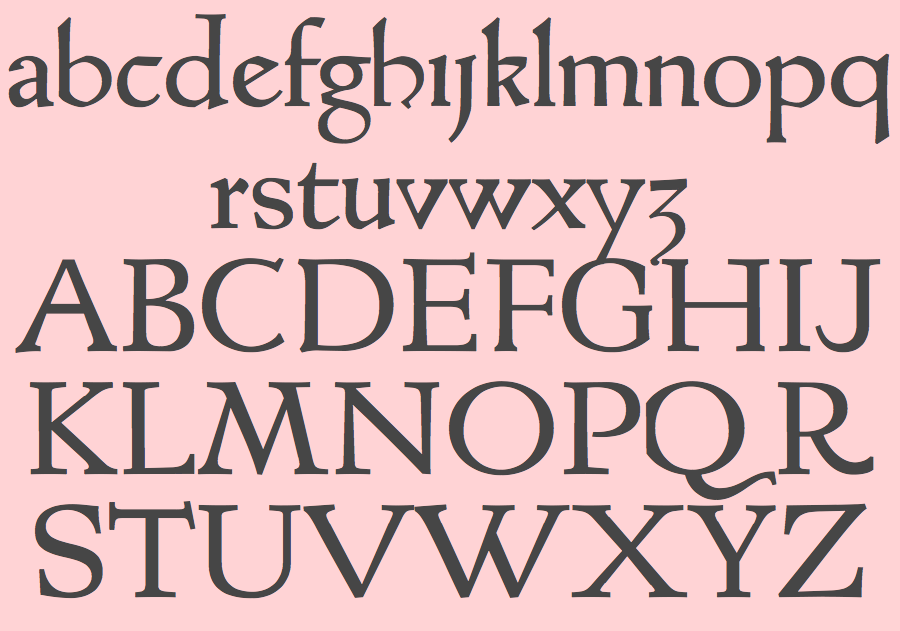
file name: Alexis Faudot Rafael Ribas Rot Proto Roman102 R 2019
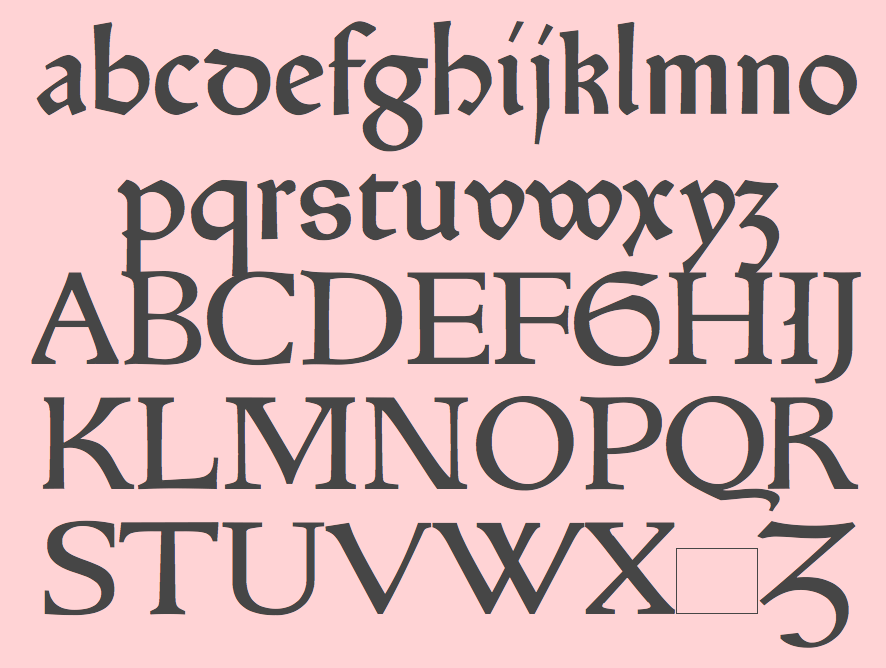
file name: Alexis Faudot Rafael Ribas Rusch Gotico Antiqua100 G 2019
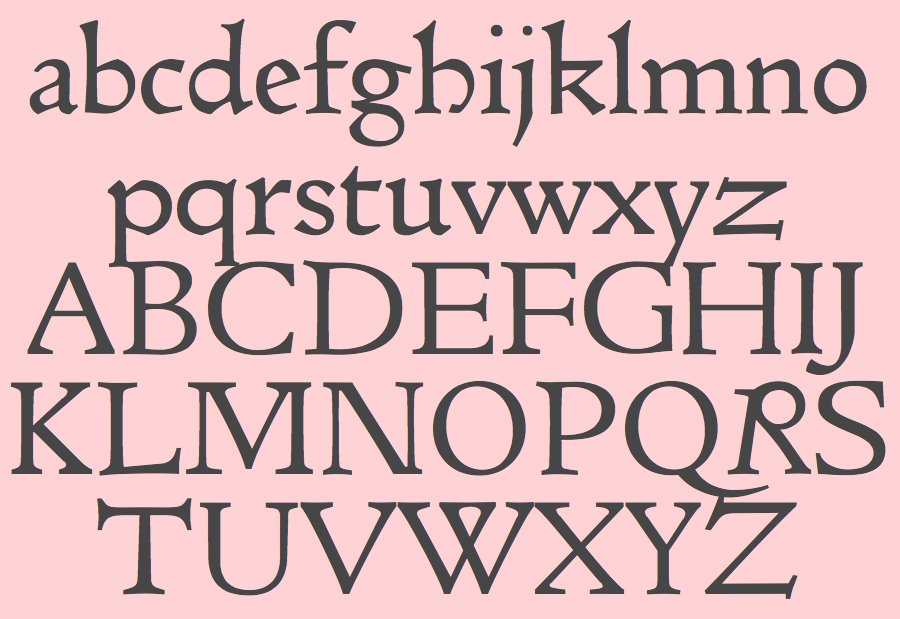
file name: Alexis Faudot Rafael Ribas Rusch R Bizarre Proto Roman103 R 2019
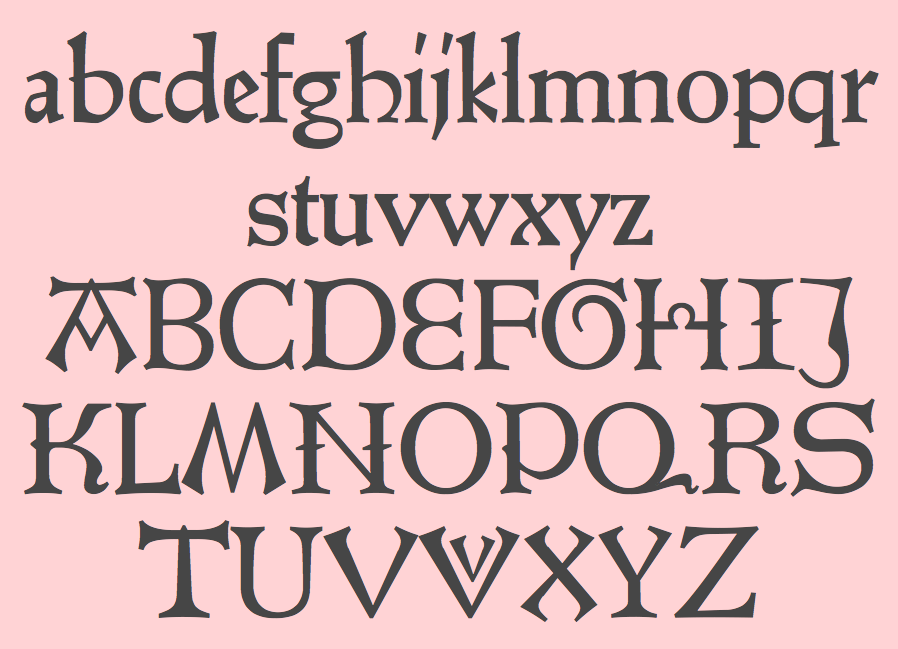
file name: Alexis Faudot Rafael Ribas Soufflet Vert Hybrid106 R 2019
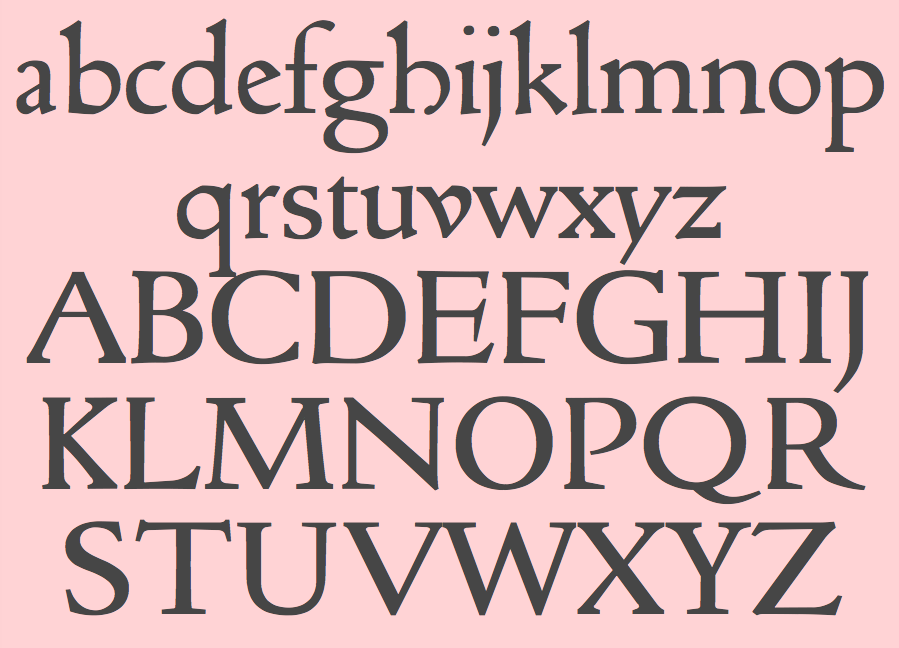
file name: Alexis Faudot Rafael Ribas Spira Proto Roman110 R 2019

file name: Alexis Faudot Rafael Ribas Sweynheim Pannartz115 R 2018
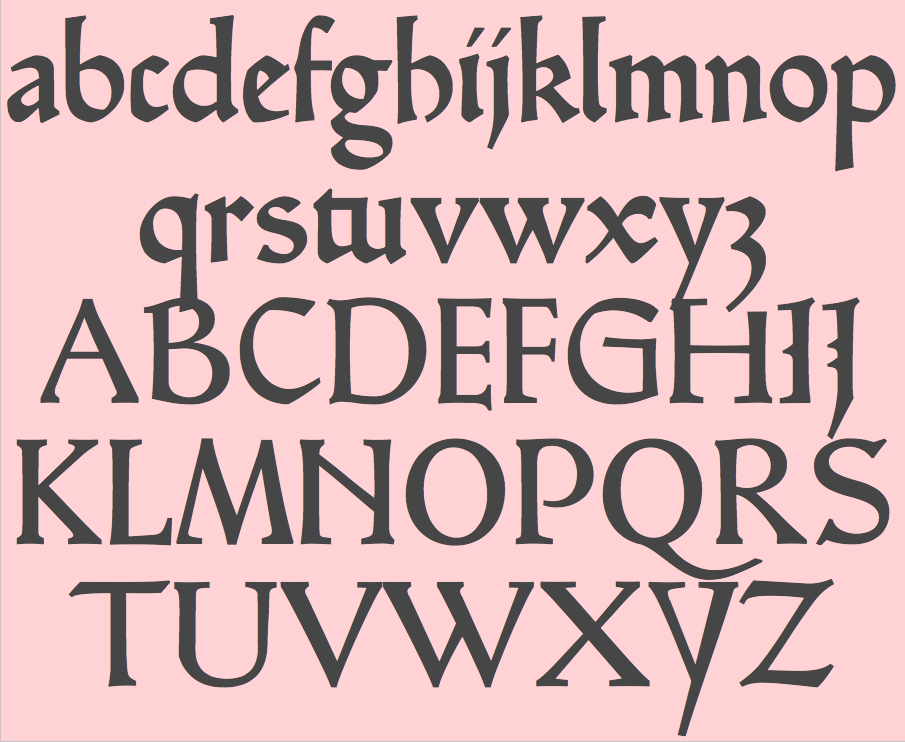
file name: Alexis Faudot Rafael Ribas Sweynheim Pannartz120 R 2019
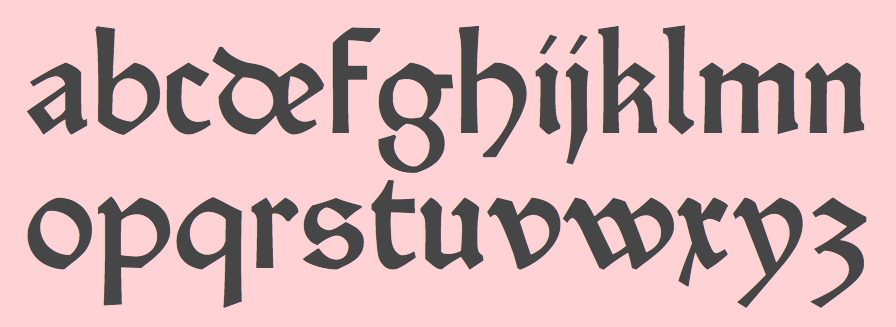
file name: Alexis Faudot Rafael Ribas Zainer Gotico Antiqua96 G 2019
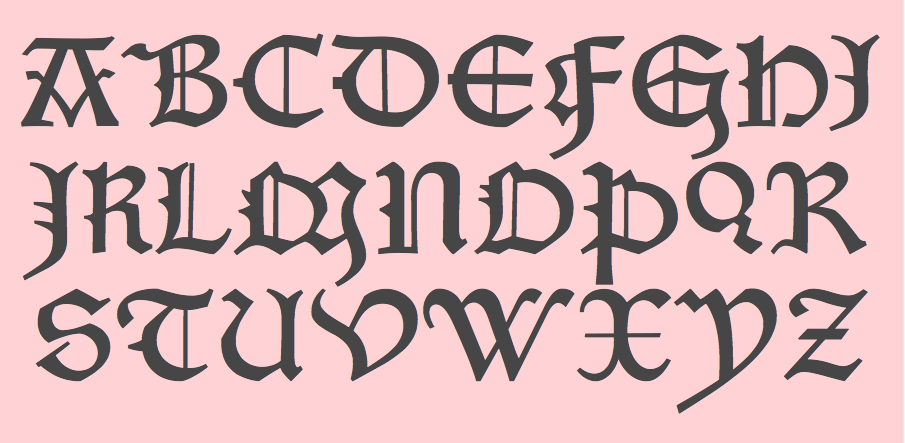
file name: Alexis Faudot Rafael Ribas Zainer Gotico Antiqua96 G 2019
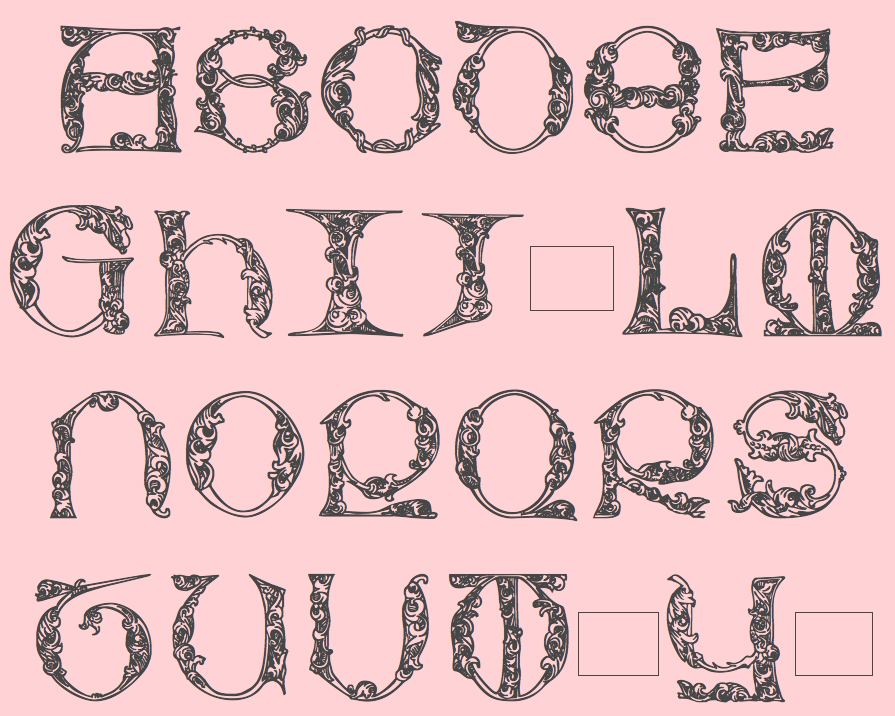
file name: Alexis Faudot Rafael Ribas Zainer Initials45mm 2019
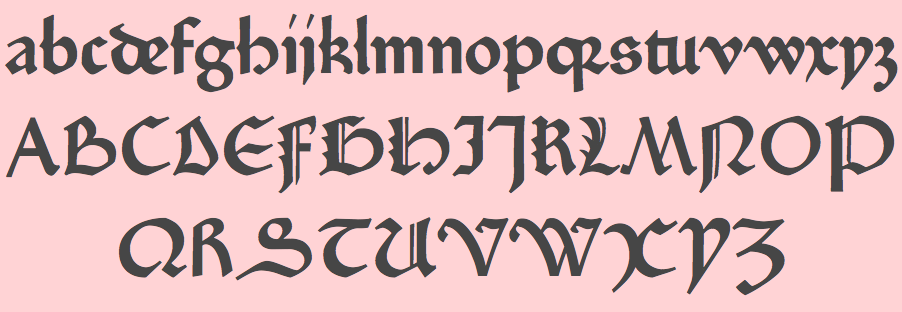
file name: Alexis Faudot Rafael Ribas Fust Schoeffer Durandus Gotico Antiqua118 G 2019
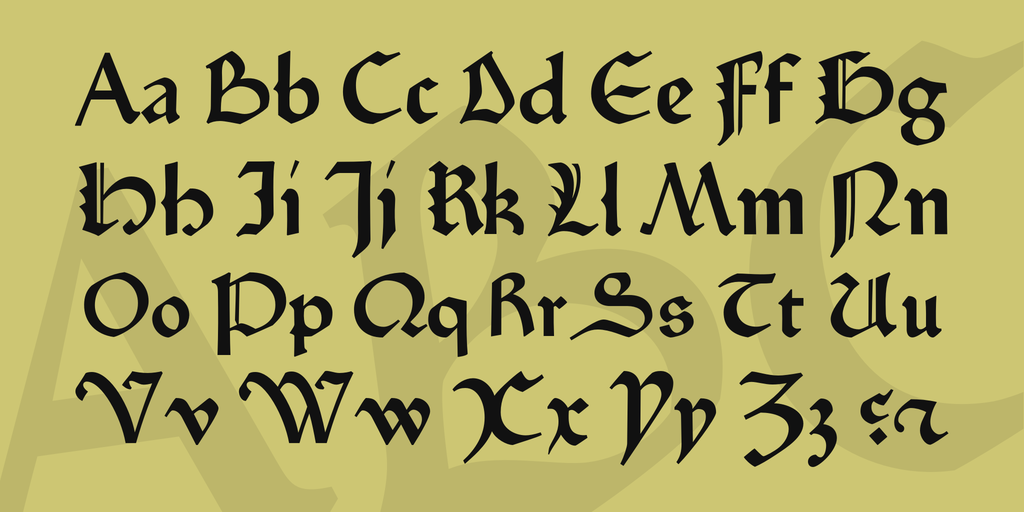
file name: Alexis Faudot Rafael Ribas Fust Schoeffer Durandus Gotico Antiqua118 G 2019
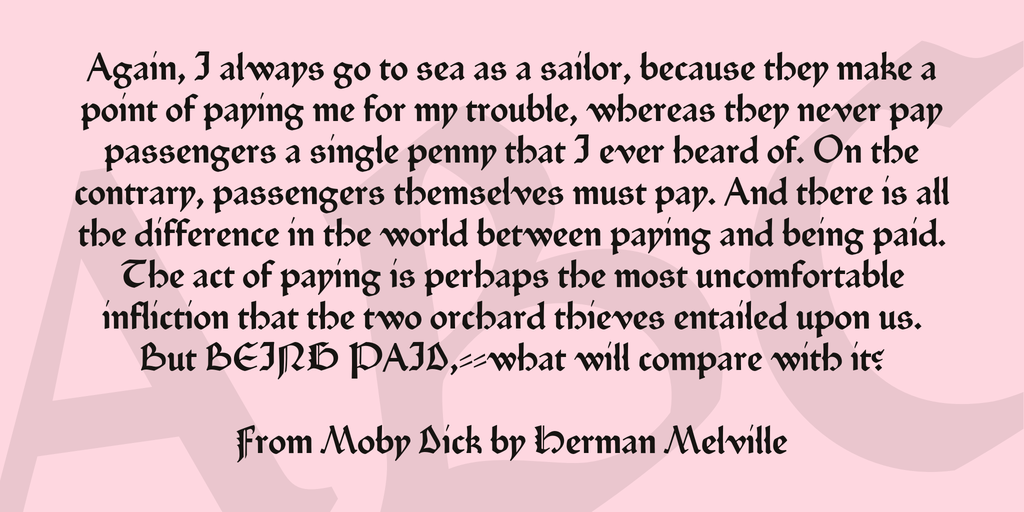
file name: Alexis Faudot Rafael Ribas Fust Schoeffer Durandus Gotico Antiqua118 G 2019
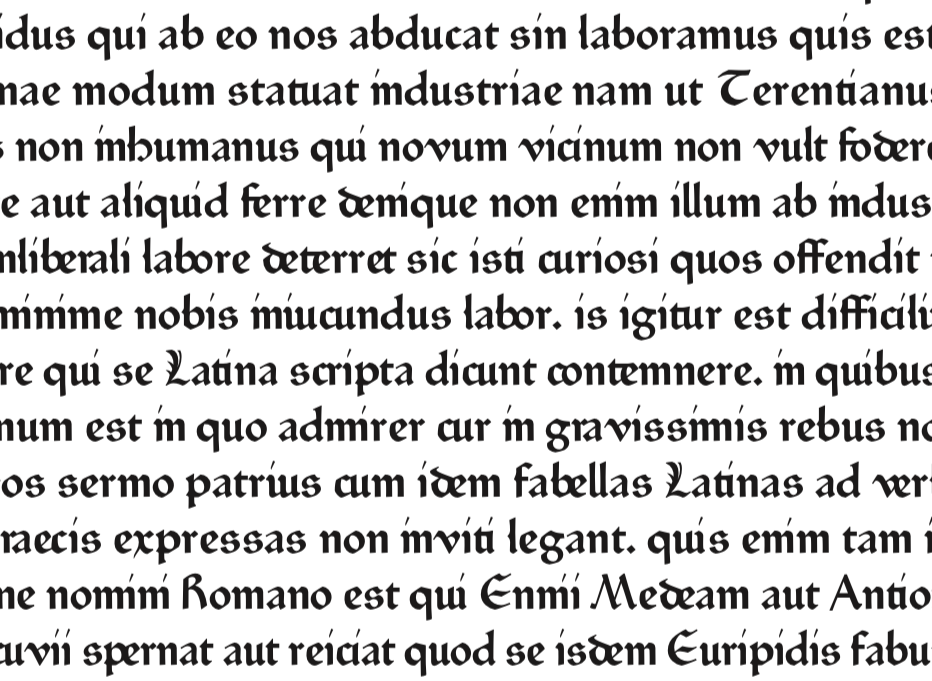
file name: Alexis Faudot Rafael Ribas Fust Schoeffer Durandus Gotico Antiqua118 G 2019
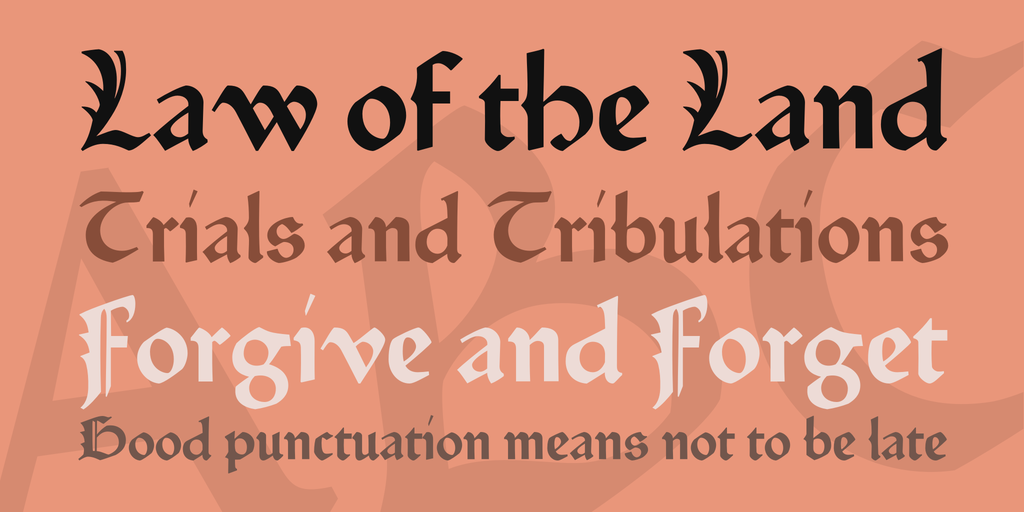
file name: Alexis Faudot Rafael Ribas Fust Schoeffer Durandus Gotico Antiqua118 G 2019

file name: Alexis Faudot Rafael Ribas Fust Schoeffer Durandus Gotico Antiqua118 G 2019
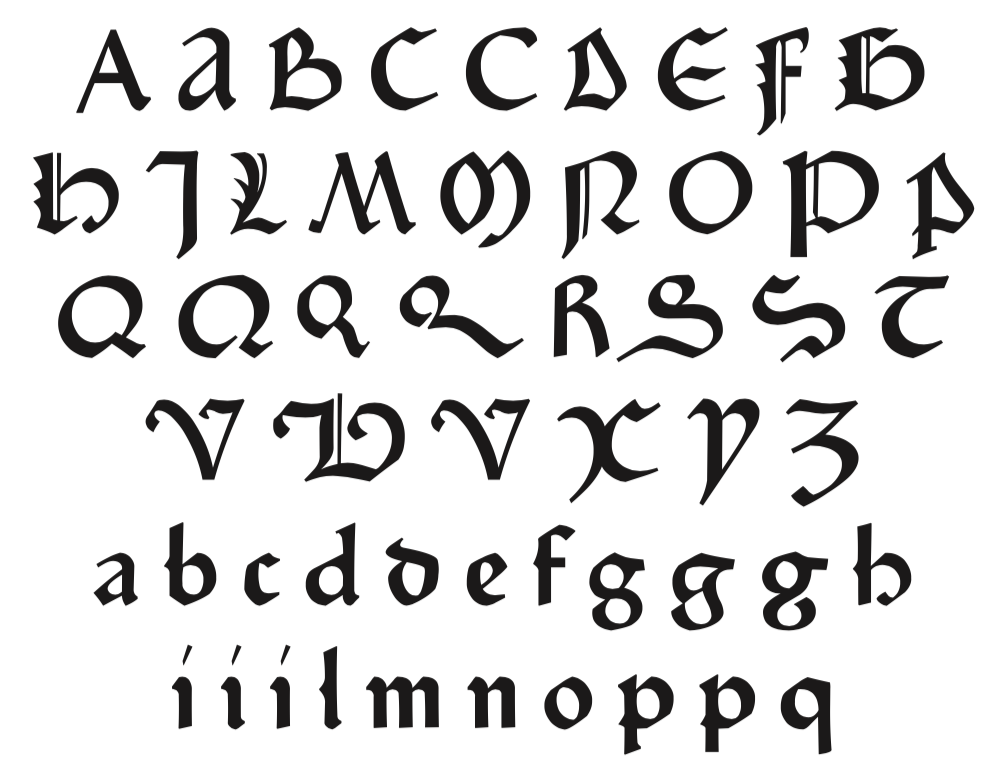
file name: Alexis Faudot Rafael Ribas Fust Schoeffer Durandus Gotico Antiqua118 G 2019

file name: Alexis Faudot Rafael Ribas Hamlet 2019
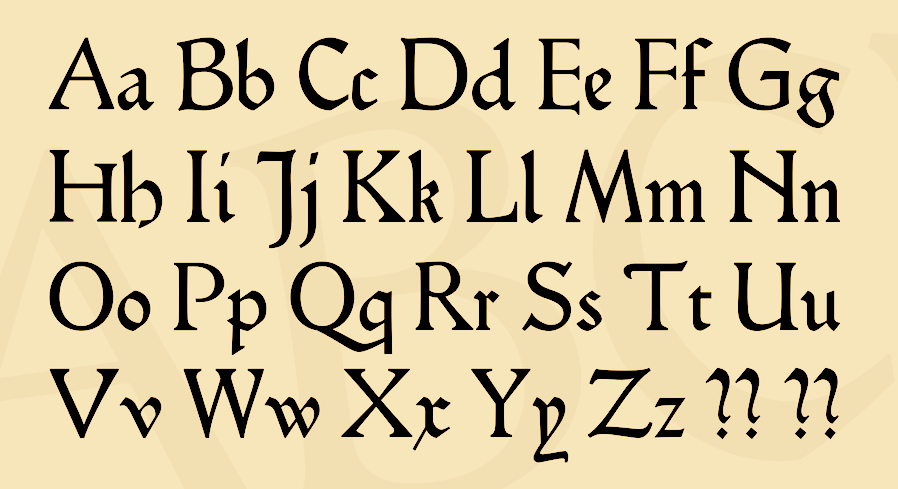
file name: Alexis Faudot Rafael Ribas Hamlet 2019
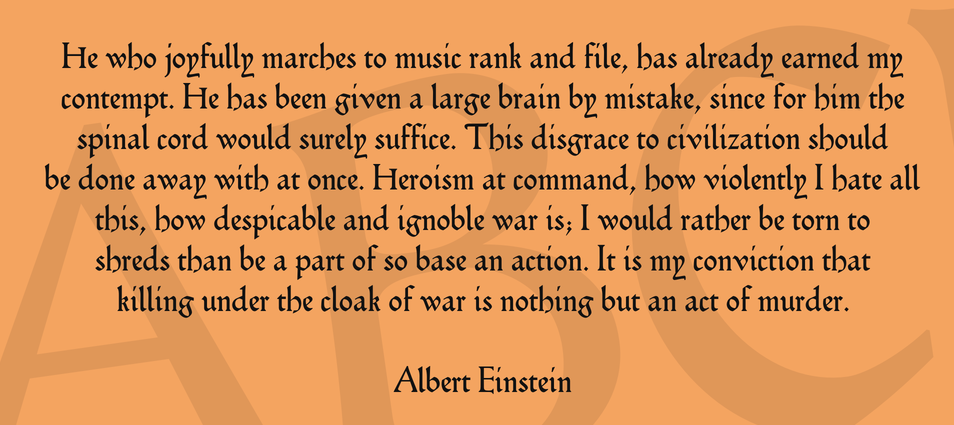
file name: Alexis Faudot Rafael Ribas Hamlet 2019

file name: Alexis Faudot Rafael Ribas Hamlet 2019
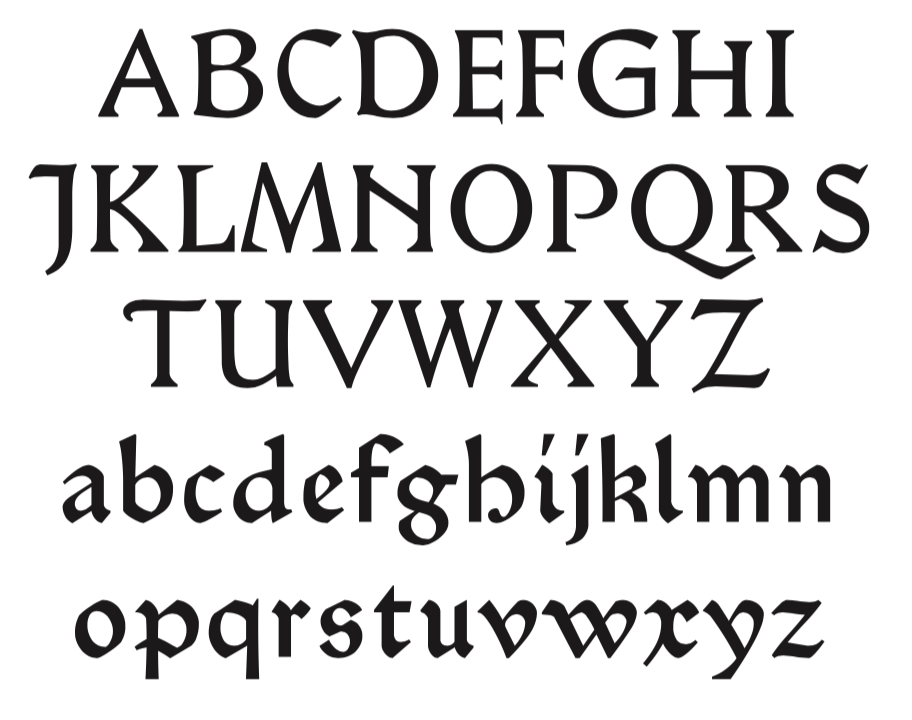
file name: Alexis Faudot Rafael Ribas Hamlet Cicero12 2019
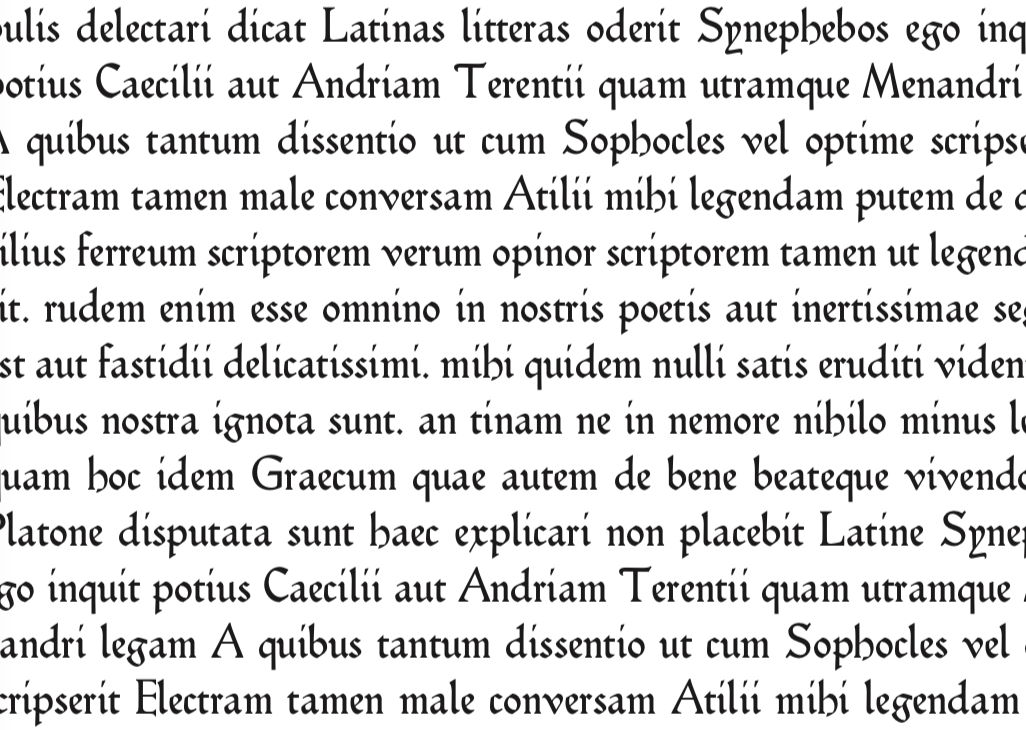
file name: Alexis Faudot Rafael Ribas Hamlet Cicero12 2019
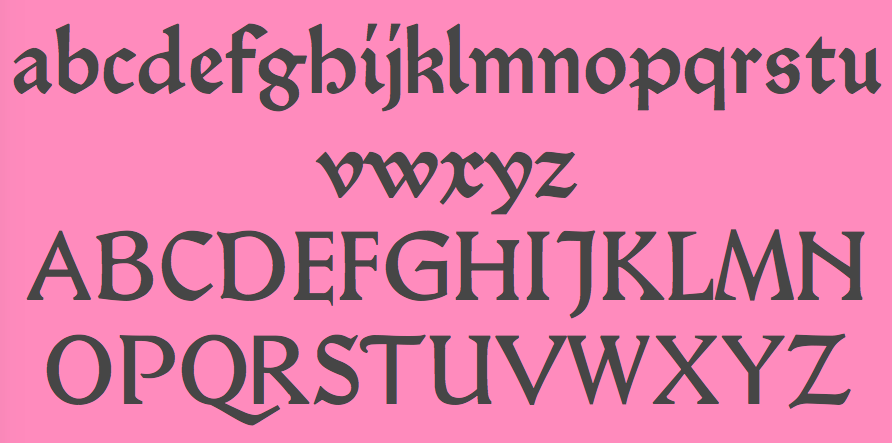
file name: Alexis Faudot Rafael Ribas Hamlet Cicero12 2019
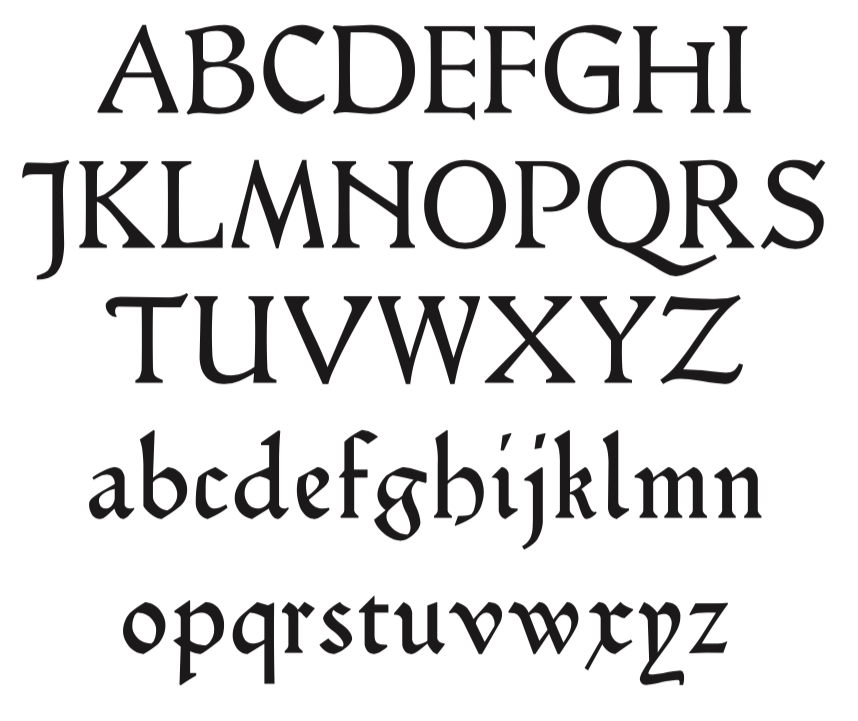
file name: Alexis Faudot Rafael Ribas Hamlet Tertia18 2019
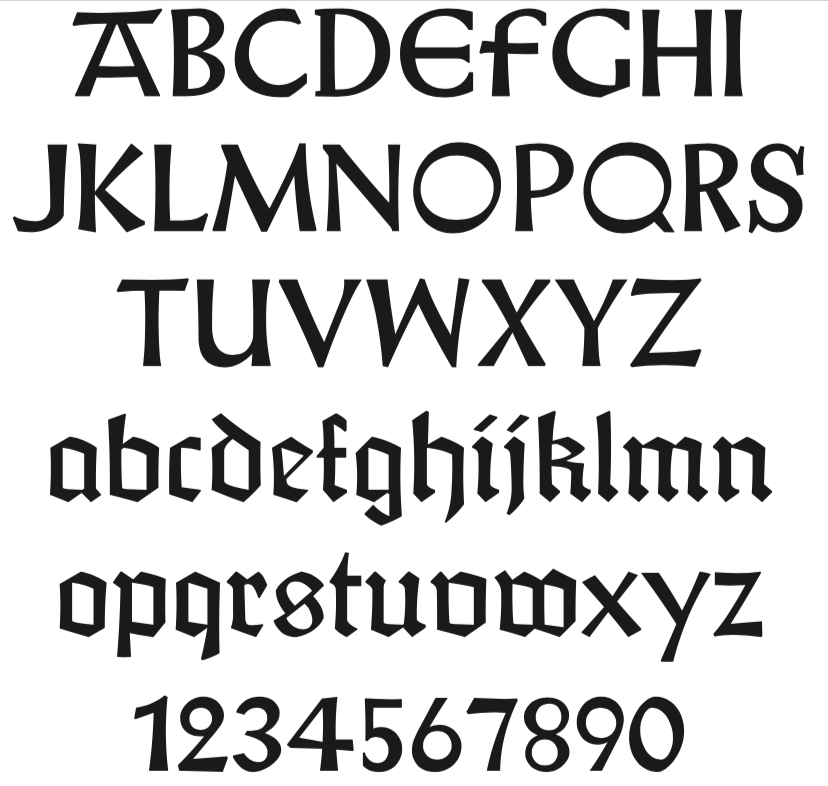
file name: Alexis Faudot Rafael Ribas Jessen Cicero12 2019
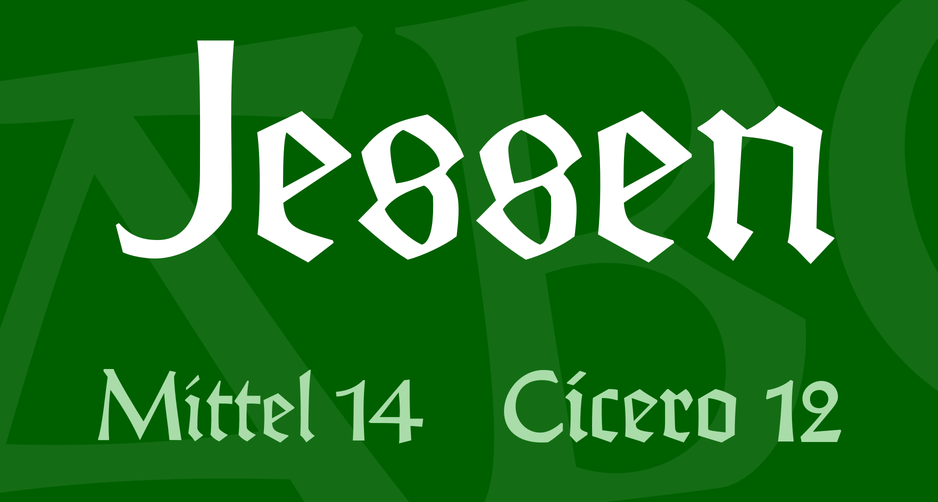
file name: Alexis Faudot Rafael Ribas Jessen Cicero12 2019
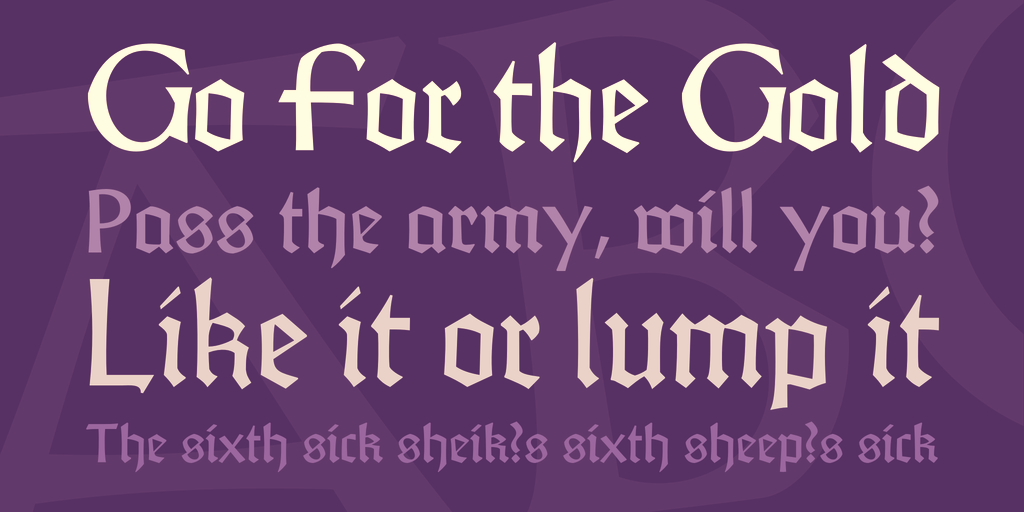
file name: Alexis Faudot Rafael Ribas Jessen Cicero12 2019

file name: Alexis Faudot Rafael Ribas Jessen Cicero12 2019

file name: Alexis Faudot Rafael Ribas Jessen Cicero12 2019
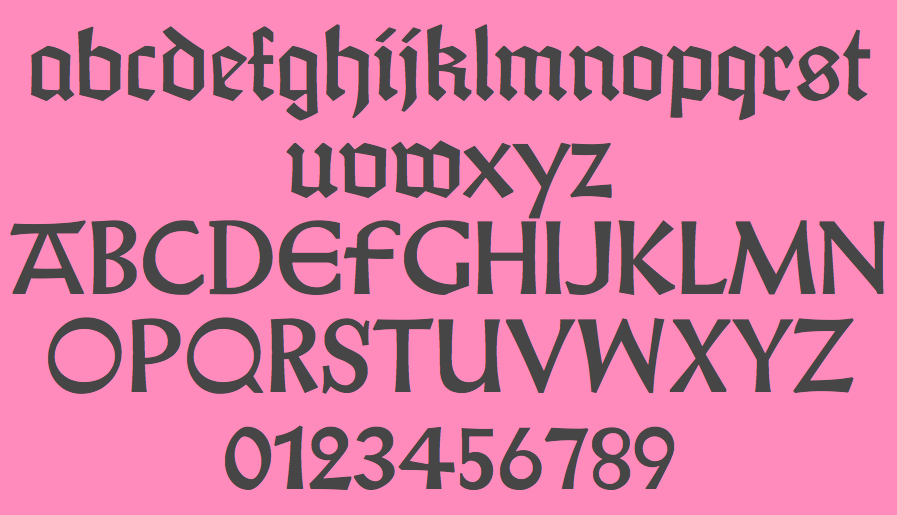
file name: Alexis Faudot Rafael Ribas Jessen Cicero12 2019

file name: Alexis Faudot Rafael Ribas Jessen Mittel14 2019
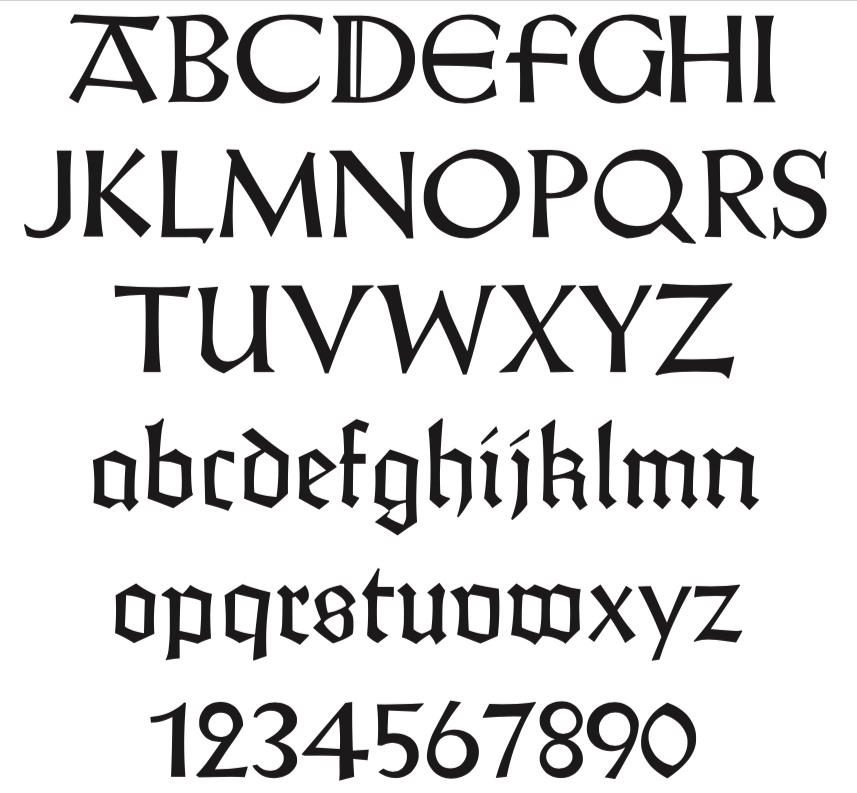
file name: Alexis Faudot Rafael Ribas Jessen Mittel14 2019
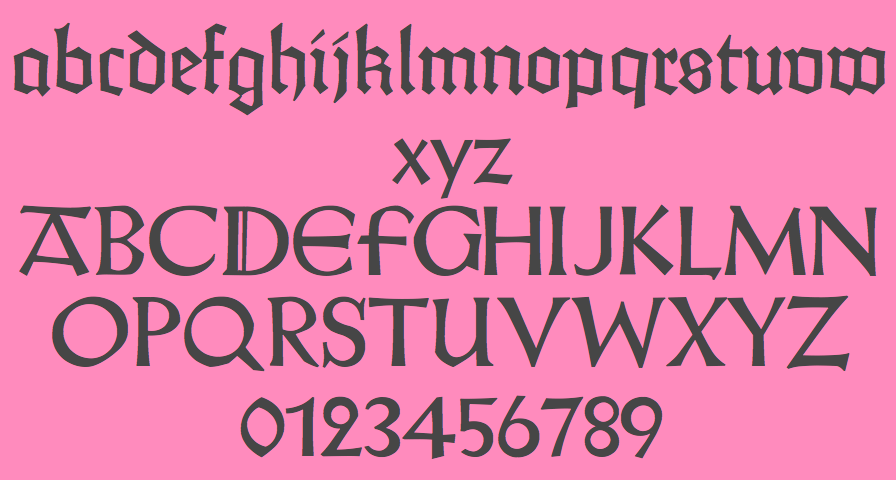
file name: Alexis Faudot Rafael Ribas Jessen Mittel14 2019

file name: Alexis Faudot Rafael Ribas Parix Hybrid111 R 2019
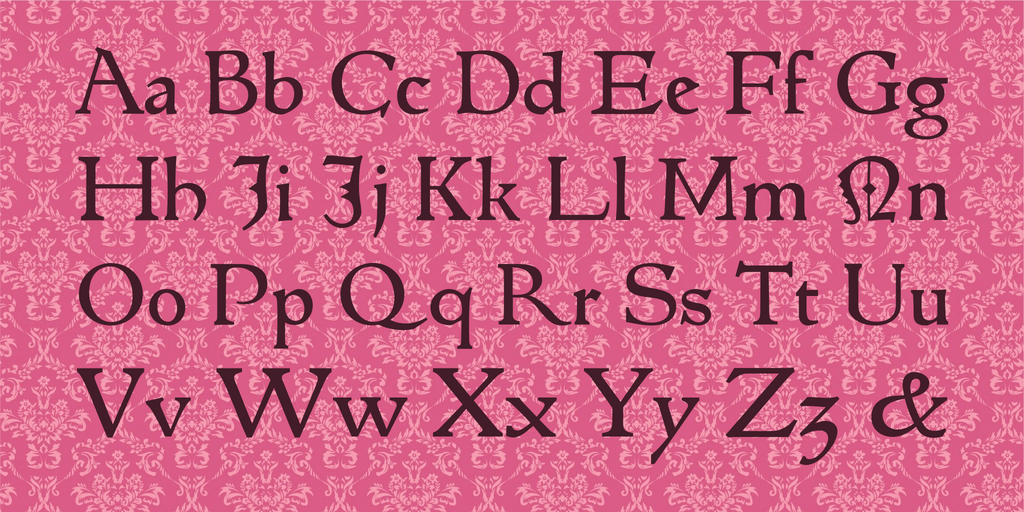
file name: Alexis Faudot Rafael Ribas Parix Hybrid111 R 2019
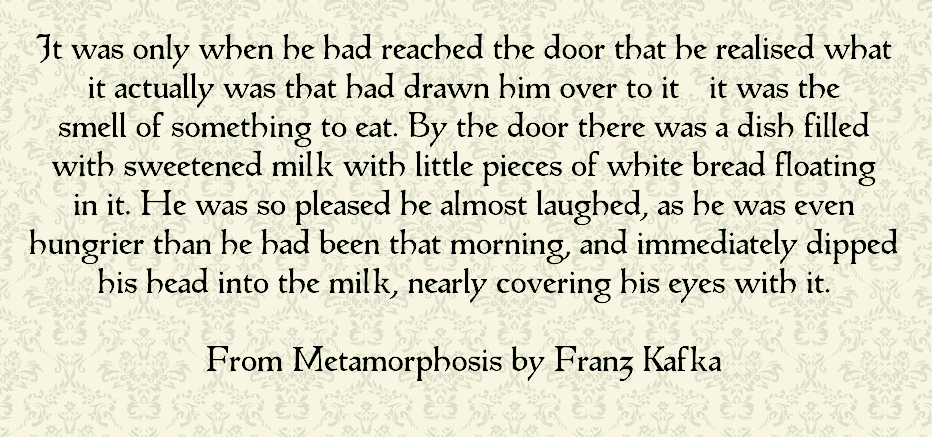
file name: Alexis Faudot Rafael Ribas Parix Hybrid111 R 2019
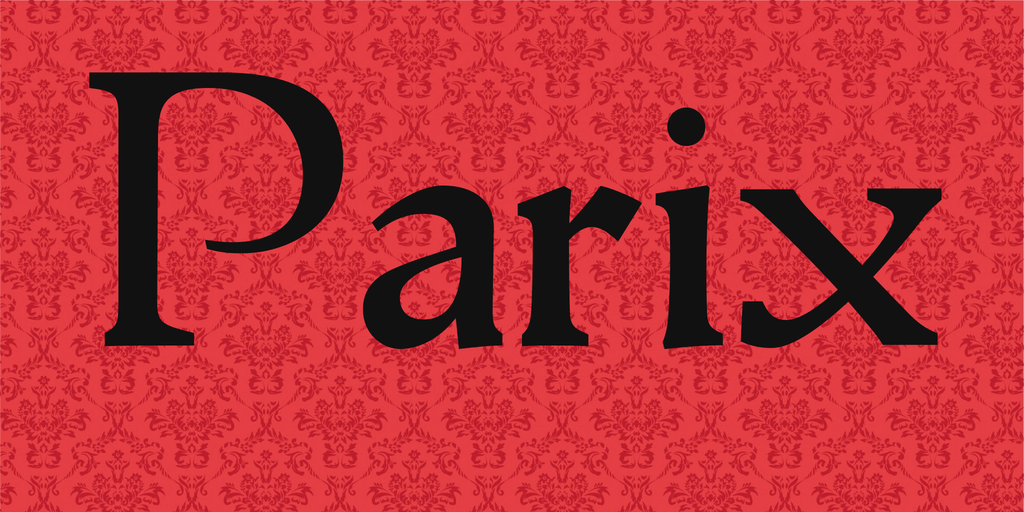
file name: Alexis Faudot Rafael Ribas Parix Hybrid111 R 2019
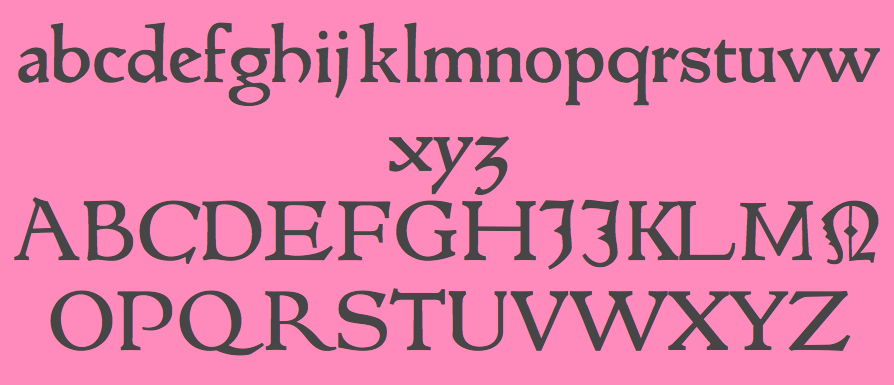
file name: Alexis Faudot Rafael Ribas Parix Hybrid111 R 2019
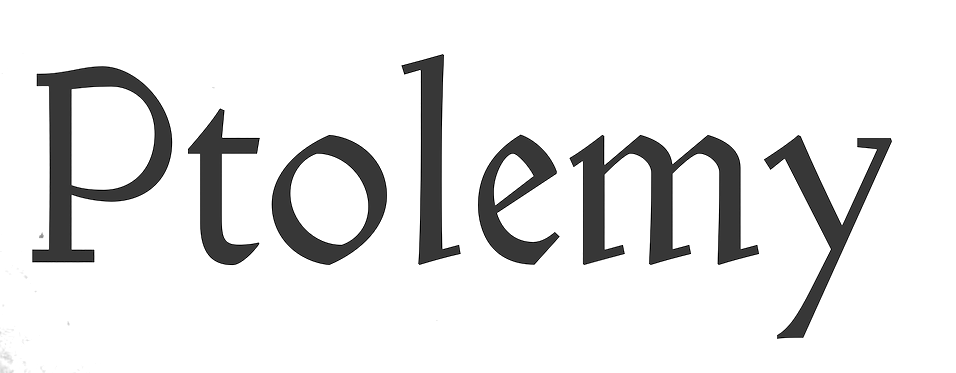
file name: Alexis Faudot Rafael Ribas Ptolemy 2019
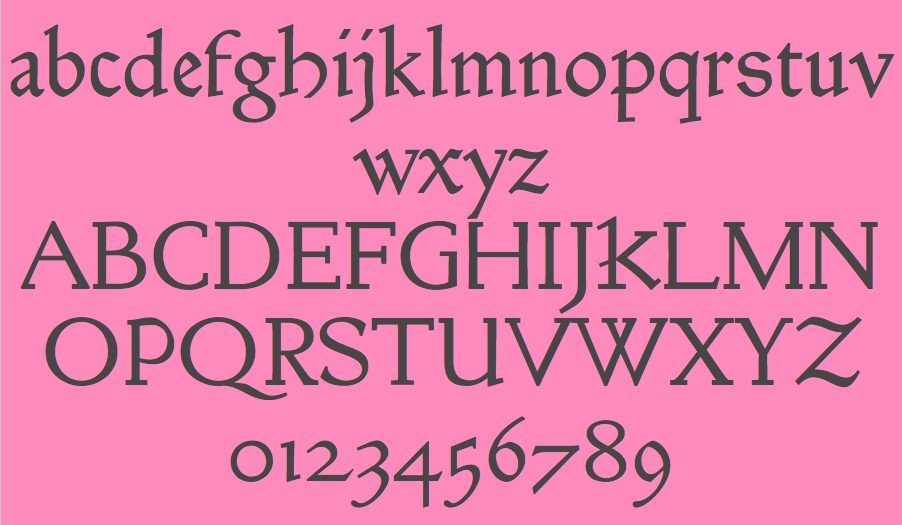
file name: Alexis Faudot Rafael Ribas Ptolemy 2019

file name: Alexis Faudot Rafael Ribas Ptolemy 2019
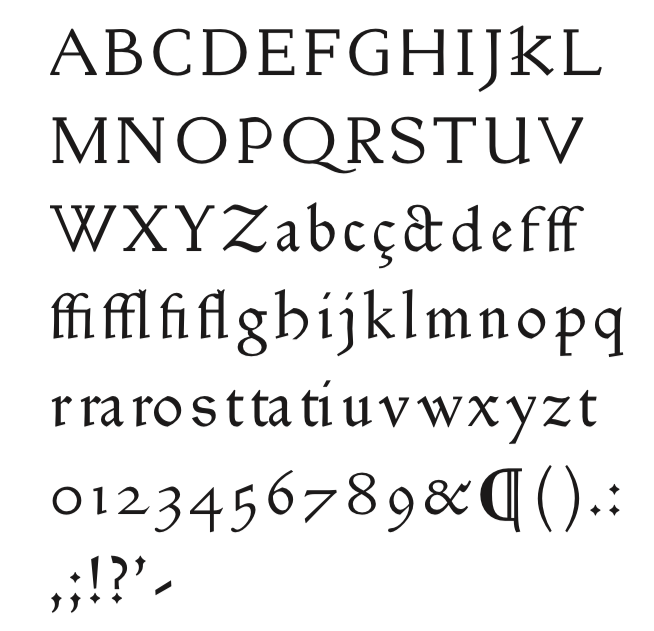
file name: Alexis Faudot Rafael Ribas Ptolemy 2019

file name: Alexis Faudot Rafael Ribas Ptolemy 2019
| | |
|
Luc Devroye ⦿ School of Computer Science ⦿ McGill University Montreal, Canada H3A 2K6 ⦿ lucdevroye@gmail.com ⦿ http://luc.devroye.org ⦿ http://luc.devroye.org/fonts.html |

